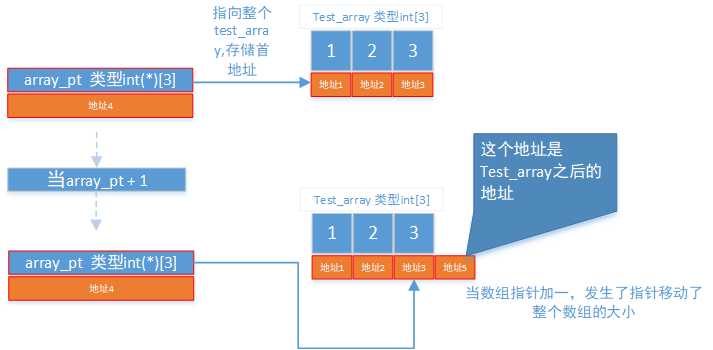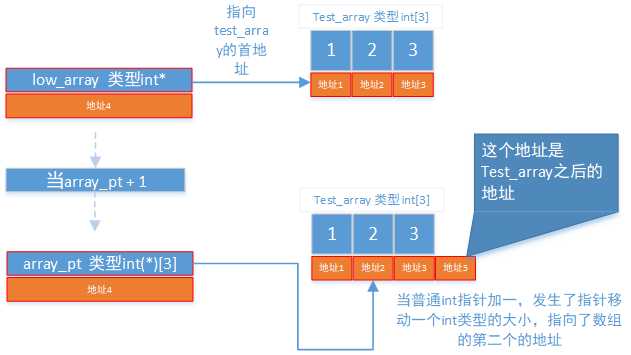c++的数组指针、指针数组、引用数组、数组引用、
2021-01-26 13:14
标签:ret 现在 ios 其他 的区别 mes 理解 ring 简单 本质是一个数组 图解指针数组 根据开始的总结,指针数组是一个数组,存储的都是指针 这个比较好理解,就是存储的是指针 根据第一个总结,这是一个引用,引用的是一个数组 插一句题外话,关于指针地址相加,你可以想象变量、都是地址连续的排列的,那么指针向后移动,其实就是指针的地址向前走 根据第一句总结,是一个数组,里面是引用 最后例子总结一下 c++的数组指针、指针数组、引用数组、数组引用、 标签:ret 现在 ios 其他 的区别 mes 理解 ring 简单 原文地址:https://www.cnblogs.com/zero-waring/p/12776044.html做一个简单的小总结
注意最后面的词语,前面的是修饰
数组指针
直接看代码#include 
和普通指针比较
指针数组
#include 数组引用
#include 引用数组
这里你是不是觉得和引用指针有点像
但是!!!!
c++不支持引用数组
原因是对于数组而言,数组存储的变量地址都是连续的,但是引用是引用其他变量的,其他变量可能来自不同的地方,有不同的地址值
对引用取地址就是对变量取地址,那么这就和数组的根本定义矛盾了!!!#include 以上就是四种容易混淆的称呼解释
int a = 1;//普通 int
char* b = "1";//普通char类型指针
int a[3]{1,2,3}; //类型为int[3]的数组
int(aa) [3] = &a; //类型为int()[3]的指针,数组指针
char* aa[3]={"1","2","3"};//类型为int*[3]的数组,指针数组
int(&bb)[3] = a;//类型为int(&)[3]的引用,引用数组
//不存在的int& bb[3];
上一篇:开启 Spring 之旅:第一个 Spring 程序 ![Spring][Eclipse 使用 Spring][Eclipse 配置 Spring 约束文件][Eclipse 配置 xml 模版]
文章标题:c++的数组指针、指针数组、引用数组、数组引用、
文章链接:http://soscw.com/index.php/essay/47285.html